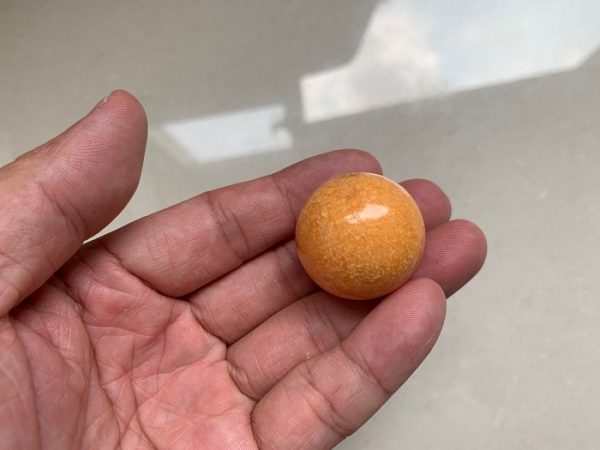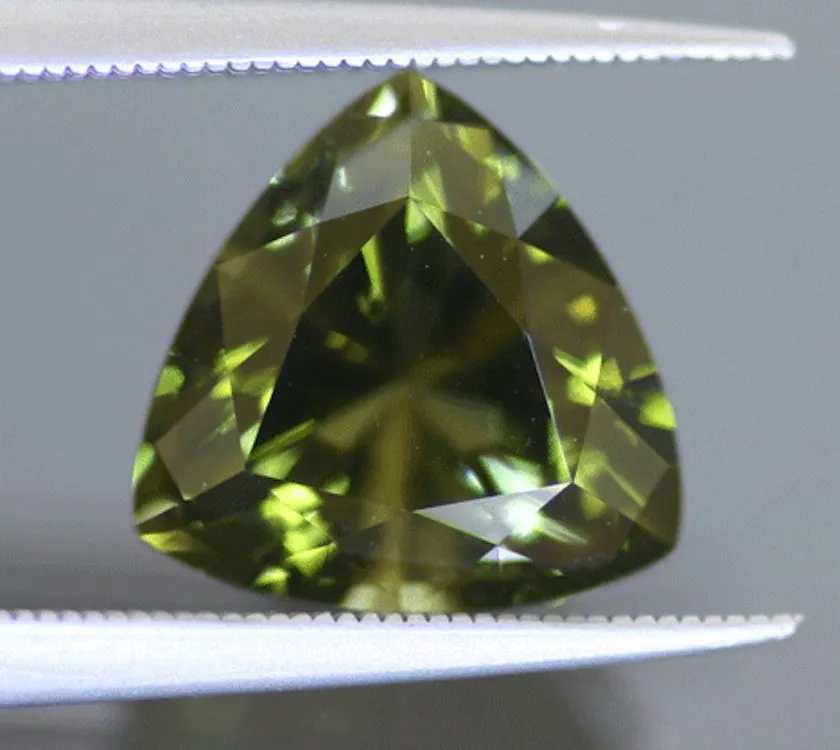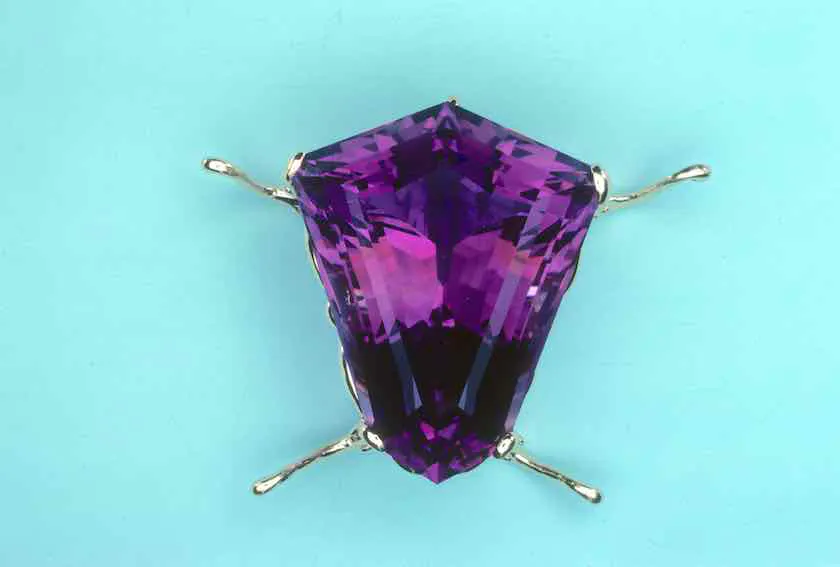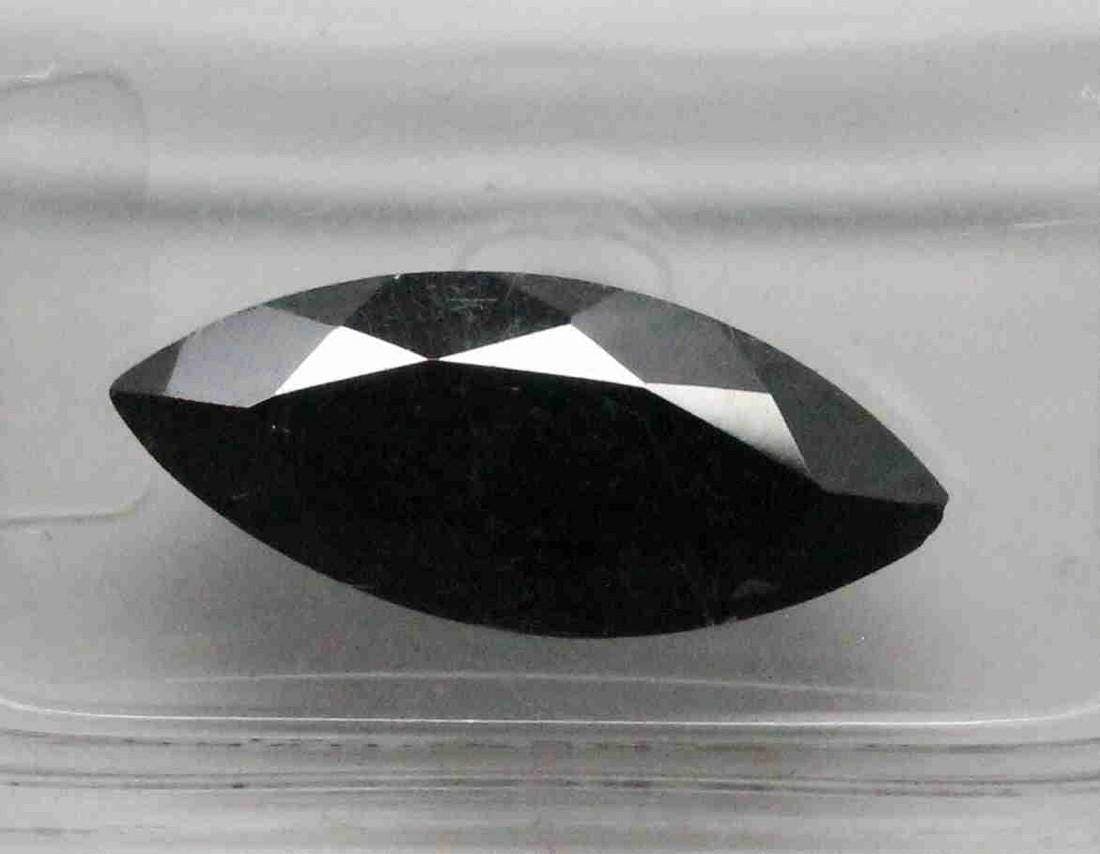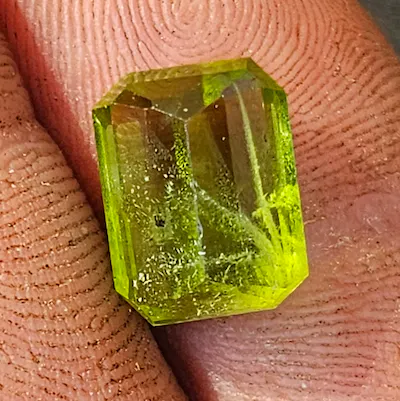News
Melo Melo Pearls
Most pearls in jewelry today are cultured or coaxed into being by farmers under controlled conditions, but there are some natural pearls whose origins can’t be created. The Melo Melo pearl is among them, so when one is discovered, its value can climb to dizzying heights.
Melo Melo pearls are natural, non-nacreous calcareous concretions or masses of mineral produced by the marine gastropod species known as Volutidae—a large sea snail dubbed melo melo. Like the animals that produce them (not an oyster or clam), Melo Melo pearls are orange to tan to brown in color (with orange the choicest shade) and are found in the South China Sea and west to the Andaman Sea off the coast of Burma.
The rarity and exclusivity of the Melo-Melo colors in the field of gem pearls enhances their value, as well their exotic allure
Like conch pearls, Melo Melo pearls do not contain nacre; instead their composition is calcite and aragonite, giving them a fine glazed surface that sometimes bears flamelike patterns like a conch pearl.
While they are formed in the same way as pearls, with layers of secretions building over foreign intruders, Melo Melo pearls can take decades to grow to significant size and shapes that are typically oval, round, or pebble like.

Given their scarcity, Melo Melo pearls are a natural and super-rare choice to serve as a focal point in fine jewelry. This is why you’ll see the stunners occasionally in Assael collections, but with simple adornments like rose gold and diamonds or paired with colored gemstones like rubies—the most minimal of accents. “One either stays very minimal and classic to let the Melo Melo pearl be the center of attention, or one plays against its fabulous strong color to contrast with other colored gemstones,” says Peggy Grosz, Assael’s Director of Business and Product Development.

